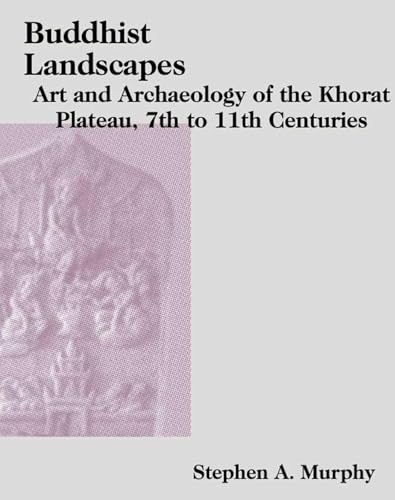14 November 2007 (Viet Nam News, VietNam Net Bridge) – The Xom Ren archaeological site yielding artefacts some 4,000 years old is included in Vietnam’s National Heritage register. Vietnam is also preparing the paperwork to submit the site for inclusion as a UNESCO World Heritage site.
Xom Ren archaeological site becomes a national relic
On November 12th, the northern province of Phu Tho held a ceremony to receive a certificate for national relics recognition for the Xom Ren archaeological site in Gia Thanh commune, Phu Ninh district.
This also includes graves belonging to the Phung Nguyen cultural period dating back 3500 to 4000 years.
After being discovered in 1968 and excavated 6 times, scientists found 2794 stone objects, 572 pottery objects, 10,447,114 pieces of pottery and five spoons. Four ancient tombs were also discovered there. Two of them held people’s bones, which was considered valuable anthological material about the people of the ancient Phung Nguyen culture.
Xom Ron was considered one of the most important relics out of all the archaeological sites in Phu Tho province. The excavation will define more valuable material from the culture which began at the time of the Hung King’s national construction.
Bronze Age site gets national heritage listing
The list of National Heritage got an extra addition on Monday – a Bronze Age settlement first excavated 49 years ago.
The site was discovered at Ren Village, Phu Ninh District in the northern province of Phu Tho in 1958, and now joins the nation’s 2,800 other recorded national heritage sites. The government has asked the Ministry of Culture, Sport and Tourism and the province’s People Committee to submit a document of the finds in July so that Viet Nam can submit it for recognition as a UNESCO World Heritage Sites.
Archaeologists have dated the settlement back to the Phung Nguyen Culture, between 3,500-4,000 years ago, just at the beginning of the Bronze Age.
Archaeologists have carried out six excavations since 1969, revealing a variety of agricultural tools, weapons and ornaments, including 2,794 stone objects, 572 intact ceramics and more than 10 million damaged pottery pieces. Among these are five finely carved stone medals which show evidence of the ancient Vietnamese people’s delicate stonemasonry techniques.
Four tombs were also uncovered with two skeletons.
The archaeological dig has three separate areas, including a 2ha-restricted area reserved for scientific research, an 8ha area set aside for building infrastructure such as an exhibition hall and a 10ha visitors area.
The province’s People Committee has drawn up a detailed plan to preserve and develop the site.
Related Books:
– Do Thuy Tinh Co O Viet Nam / Ancient Glass of Vietnam by Nguyen Truong Ky
– The Bronze Age of Southeast Asia (Cambridge World Archaeology) by C. Higham
– The Archaeology of Mainland Southeast Asia: From 10,000 B.C. to the Fall of Angkor by C. Higham
– Early Cultures of Mainland Southeast Asia
























